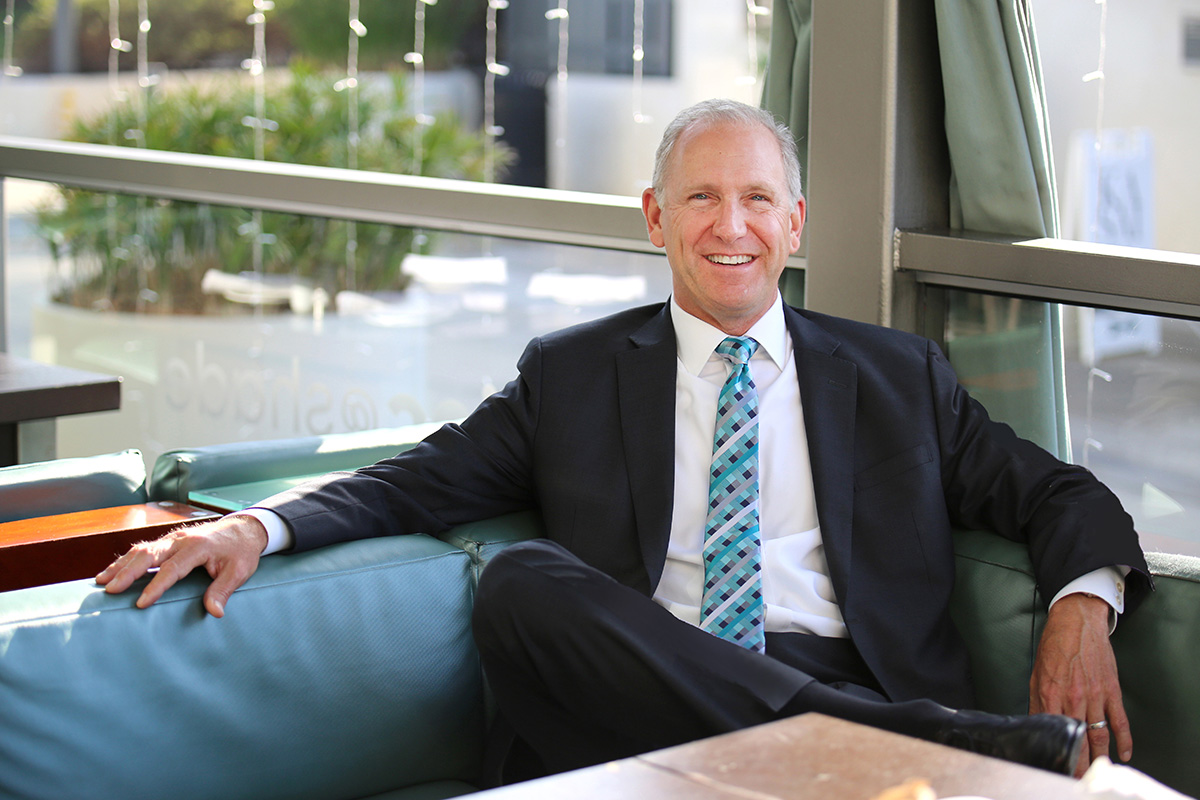
“Executive presence.” It’s one of those phrases that gets tossed around in leadership conversations, often with a bit of mystery. You’ll hear people say things like “She just has it” or “He carries himself like a leader.” But what does executive presence actually mean? More importantly, how do you cultivate it without feeling fake or forced?
Executive presence is about how you show up, how you communicate, and how people experience your leadership. The good news? It’s not an innate trait. It’s a skill set you can develop, refine, and embody.
Redefining Executive Presence
Executive presence is the ability to inspire confidence. This means confidence in your team that you’re the leader they want to follow, confidence in your peers that you’re reliable and credible, and confidence in senior leaders that you’re ready for more responsibility.
Think of it as the combination of three factors: how you carry yourself, how you communicate, and how you connect with others.
Cultivate Gravitas (Without Becoming Intimidating)

Gravitas is often described as the “weight” you carry in a room. It doesn’t mean being the loudest voice or commanding attention through force. True gravitas comes from calm confidence and credibility.
- Manage your reactions: Leaders with presence respond with composure instead of overreacting to stressful situations.
- Project calm in uncertainty: When everything feels chaotic, your steadiness is what reassures people.
- Stay grounded: Don’t confuse gravitas with arrogance. Humility paired with confidence builds far more respect than bravado.
Master Communication
Developing an executive presence can live or die in the way you communicate. In fact, research shows that only about 7% of what people take away comes from the actual words you use. The other 93% is conveyed through how you show up: your tone of voice, body language, approachability, and presence in the moment.
- Be clear and concise: Leaders with presence can distill complexity into clarity.
- Adapt to your audience: Whether you’re talking to executives, employees, or clients, adjust your language and tone so it resonates.
- Own the room: Strong eye contact, a steady voice, and confident body language carry your words further.
When your words, tone, and presence are aligned, people can hear and feel your genuine message.
Project Confidence Through Body Language

People read your presence before they hear your words. Your nonverbal cues are as important as your ideas. Stand tall with your shoulders relaxed, and avoid fidgeting; use intentional gestures to project clarity and conviction; and control your pace. Rushing can signal anxiety while a measured pace conveys thoughtfulness.
Build Authentic Connections
Presence is about being relatable and trusted, and building authentic connections is vital. Learn how to actively listen. Letting people feel heard is one of the biggest superpowers. Show empathy and recognize the human side of business. Empathy builds loyalty and respect. And always be approachable. People gravitate toward leaders who balance authority with warmth.
Develop Your Authentic Style

Your executive presence should feel authentic, not like a costume. It should reflect who you truly are. That’s why finding your authentic style is so important.
Bring forward the parts of yourself that make you real and relatable, even the ones leaders sometimes feel pressured to hold back. Openness, vulnerability, and transparency are powerful qualities that build trust and connection when expressed with intention.
- Refine your personal brand: What three qualities do you want people to think of when they think of you?
- Align your appearance with your role: This doesn’t mean expensive suits. It means dressing in a way that’s polished, consistent, and aligned with your leadership identity.
- Lead with your strengths: Play into what comes naturally to you instead of trying to mimic someone else’s presence.
When you lead with authenticity, people see you instead of your role.
Practice, Don’t Perform
Presence is something that is built over time, through repeated practice. It’s not something you switch on for board meetings and switch off afterward. But how do you develop it?
Ask trusted colleagues or mentors how you come across. Small adjustments can have big impact. Start rehearsing high-stakes moments instead of improvising them. Have a large presentation or conversation coming up? Rehearse it. Learn how to become consistent. True executive presence is steady. It shows up in the big moments and the small ones.
It’s important to remember that executive presence isn’t about faking perfection or dominating every room you walk into. It’s about inspiring confidence, communicating with clarity, and leading with authenticity.
The leaders who cultivate true presence are the ones people trust, follow, and believe in. And when you combine presence with competence and integrity, you become more than a manager. You become someone others naturally look to for leadership.




